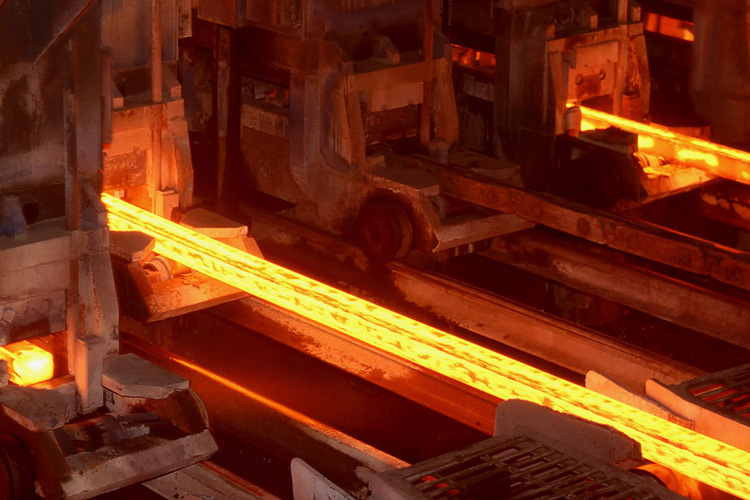What are the Hazards of working in Foundries?
Major Foundry health risks encountered by people working in foundries are the exposure to a number of harmful substances.
Harmful substances can include:
- Fine respirable dust which contains silica, large quantities of inhalable and respirable dusts, ferrous foundry particulates and metal dust and fumes.
- Other substances such as formaldehyde, phenol, acid fumes and isopropyl alcohol can be present if using a sand stabiliser during the casting process.
- Other possible hazardous substances dependent on the nature of the foundry can include chlorine, aluminium, lead, cadmium, cobalt and nickel.
The levels of dust including respirable dust and silica are of key concern for foundry workers. Casting sand, fettling and kiln linings contain silica and therefore workers within the foundry industry are particularly susceptible. Workers are at risk from fine airborne particles, entering into the respiratory tract. However, these small particles are often not visible to the naked eye and therefore may not be an obvious exposure risk to workers.
Exposure over a number of years can lead to the development of the condition known as silicosis. This is a form of scar tissue in the gas exchange region of the lungs that leads to difficulties in oxygen uptake into the bloodstream. Furthermore new evidence suggests that long term exposure to silica can increase the risk of the development of lung cancer.
Metal Dust is Combustible and is an Explosion Hazard:
When most people think of controlling dust in the workplace, they think of taking steps to avoid inhaling dusts to prevent health problems. However, the accumulation of combustible dusts in the workplace can lead to far greater consequences. As seen in recent years, neglect of housekeeping and improper handling of combustible dusts can lead to property damage, injuries and loss of life.
During fabricating operations, metal fines may be generated by such activities as grinding, polishing, sawing, cutting, sanding or scratch brushing and at least some of them will be fine enough to be potentially explosive. The term “dust” or “powder” is frequently used to describe such particles.
The National Fire Protection Association (NFPA) defines a combustible dust as “a combustible particulate solid that presents a fire or deflagration hazard when suspended in air or some other oxidizing medium over a range of concentrations, regardless of particle size or shape.” In general, combustible particulates having an effective diameter of 420 μm or smaller, as determined by passing through a U.S. No. 40 Standard Sieve, are generally considered to be combustible dusts. However, agglomerates of combustible materials that have lengths that are large compared to their diameter (and will not usually pass through a 420 μm sieve) can still pose a deflagration hazard. Therefore, any particle that has a surface area to volume ratio greater than that of a 420 μm diameter sphere should also be considered a combustible dust. The vast majority of natural and synthetic organic materials, as well as some metals, can form combustible dust. The NFPA’s Industrial Fire Hazards Handbook states, “any industrial process that reduces a combustible material and some normally non-combustible materials to a finely divided state presents a potential for a serious fire or explosion.”
Suggested Industrial Vacuums for Recovery of Toxic & Combustible Dust
PrestiVac HEPAPlus* Vacuums are specifically designed to safely vacuum toxic dusts. Equipped with a Certified Absolute HEPAPlus*filter with an efficiency of 99.995% on 0.2 micron so there is no risk of exposure or contamination for the operator or the environment. These vacuums are tested for absolute filtration. Testing Method: IEST RP-CC034.3. H14. MIL-STD 282 / A.S.T.M. - D2986-91. MPPS method EN 1822.
PrestiVac Explosion Proof/Dust Ignition Protected Vacuums are designed to safely vacuum explosive, flammable, combustible conductive* dusts. Our Explosion Proof/Dust Ignition Protected Vacuums are completely grounded and static dissipating because they are built entirely with non-sparking metals and do not have any painted components so there is no risk of fire or explosion from a spark or static build up. All the electrical components, including the motor and starter are totally enclosed so there is no source of ignition. Our explosion proof vacuum cleaners comply with NFPA 484 guidelines and are an effective tool for good housekeeping practise as per OSHA.
- Dust Ignition Protected Division 2 Vacuums
- Explosion Proof Division 1 Vacuums
- HEPA Vacuums
- Immersion Separator
Which Industries are at Risk with Metal Dust?













